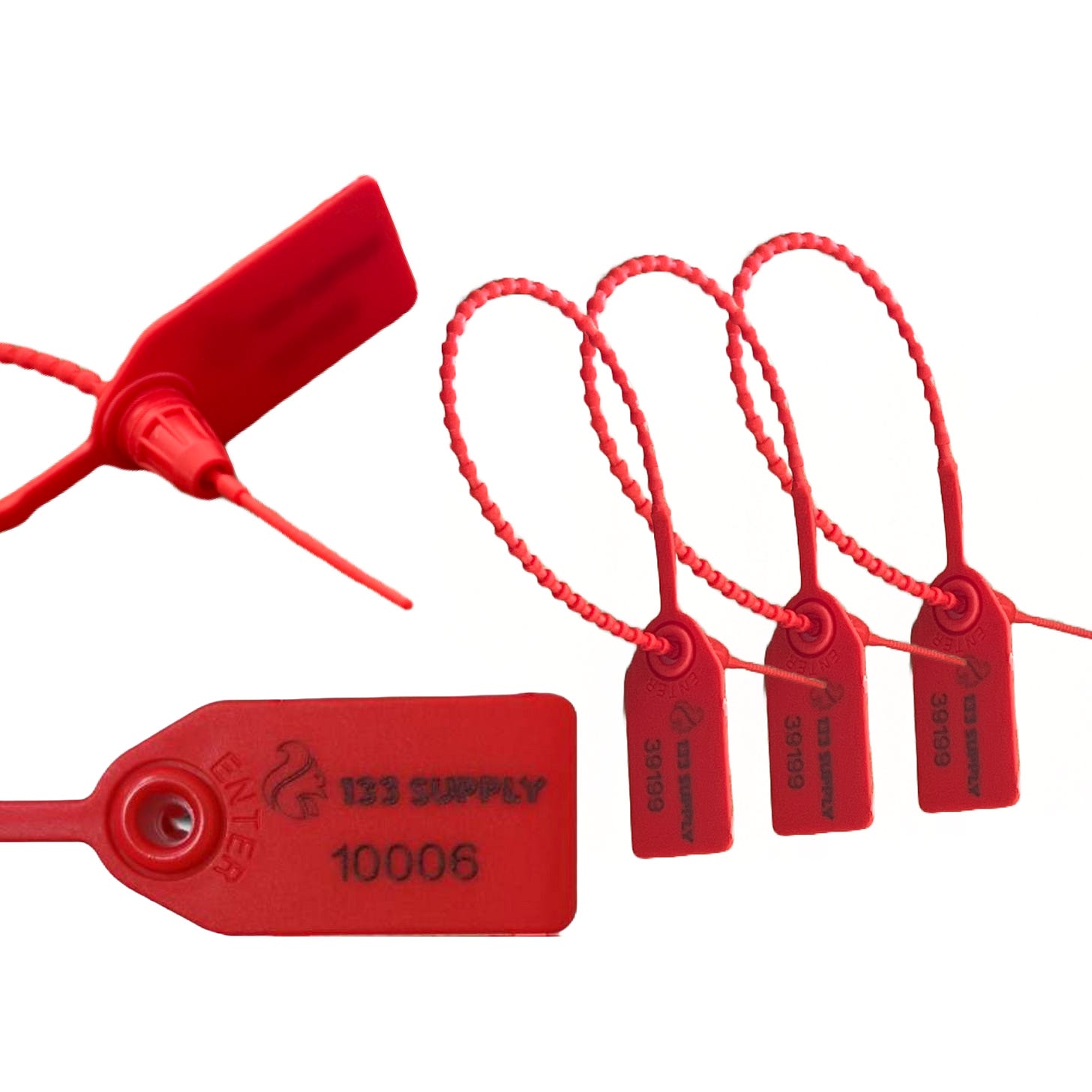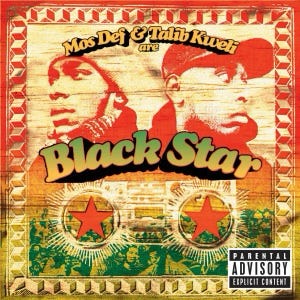Hiring and Onboarding Needs Improvement
Companies don’t look inward enough for hiring. And when they do go external, they onboard poorly.
I’ve worked at a lot of companies in a lot of different fields and I can confidently say that no one has figured out a flawless hiring and onboarding model. No company is going to reach perfection, but no one has cracked the nut in the white collar space of consistently hiring well externally and getting folks up to speed quickly and efficiently - at any level.
There’s two places companies struggle: the classic retention vs. new hire problem and, if going with the latter, onboarding that new hire in a way that sets them up for success and maintains business continuity. You might say “Well, the best training is on the job.” And this newsletter agrees. But there are ways to expedite on-the-job learning that simply are not followed at major corporations which, for a variety of reasons, ends up being a large waste of money and time.
Your CFO Should be Supporting This
Onboarding isn’t one of those “nice to haves” that finance looks at wearily and will use any excuse to cut. At least, it shouldn’t be.
Hiring externally for a position is wildly more expensive than promoting into it from within. By some accounts, it can be upward of $10,000 per new external hire. Not every cost is cut out when looking internally, but the most expensive line items (new laptop, HR/internal recuiting hours going into looking and interviewing, external recruiting costs, any potential signing bonus to sweeten the deal) can be cut out when looking internally.
From a simple dollars and cents perspective, it makes sense to look internally before hiring externally. At large corporations with decent turnover (*cough* holdco agencies *cough*) $10k per new hire adds up quickly.
Put $100K on Red
Ignoring the cost difference between internal and external hires, there is an inherently larger risk bringing in an outsider to an open role. The hiring process itself is woefully inadequate (a post for another time): resumes can be embellished, self-confident speakers shine in interviews (regardless of how self-confident they should be), and hard skills are next to impossible to test for prior to hiring. Sure, there are dinners and meetings with committees when you’re hiring an executive, but for the rank and file? You have two, max three rounds of interviews before making a decision to fork over six figures for someone to work for your company.
Take that backdrop against that of an internal hire or transfer. You have an employee with a documented track record (not a self-written resume), where you can talk to their manager about their actual performance (not a gatekept list of references), and who already knows the culture (and is not fed corny lines like “We’re a family here” during the interview process.) Unless you’re a degenerate gambler who needs the risk just to feel something, you’d be crazy not to look internally before gambling on an external hire.
How’s Your Farm System Looking?
In this newsletter author’s formative years Major League Baseball was dominated by one of the most insufferable franchises to ever grace professional sports (and I say this with self-awareness of being a Patriots apologist.) Why were the New York Yankees so dominant in the 90s? They had insane, internally-developed talent.
Jeter (oh, I’m sorry, “The Captain”), Rivera, Pettitte, Posada, Williams, and Cano all came up through a venerable Yankees farm system. And then the team took their eye off minor league ball and things quickly fell apart, which this newsletter is grateful for as it paved the way for a Red Sox run that reinvigorated what was a perennially struggling ball club.
The lesson here - other than the fact that Brian Cashman is an overrated GM - is that internal development is crucial to the success of an organization. Not every open role will make sense for someone already at the company, but if managers make it a habit to look within when hiring and are consistently coming up short, then leaders need to take stock of their AAA talent and make sure that they are being developed in ways that allow them to grow properly and in line with what corporate needs. Otherwise, you might end up getting the white collar equivalent of Kei Igawa.
Don’t Safety Tag Your New Hires
Of course, not every position can be filled internally and companies will have to hire from outside. In these circumstances, you’ll need to get these people up to speed and performing quickly to justify the expense of hiring and for business continuation purposes.
When I was just starting out as an EMT on my school’s volunteer ambulance during college, we had a process for the newbies that ensured they got the proper understanding of the truck itself and where everything was inside of it. The veterans didn’t need to run an inventory check every shift change - if something was used on a call it was replaced during the shift and the plastic break-away safety tag placed back on the opening of the drawer indicating it was fully stocked.

But simply running through the stock with new hires was not enough - for the first month or so the safety tags were removed, meaning the new guy had to do an inventory check every shift change. Was this technically unnecessary? Yes. Could it arguably be called inefficient? Absolutely. But making the probies re-do inventory every shift for their first few weeks was an invaluable, on-the-job way to make sure they knew the rig inside and out. Because when the proverbial shit hits the fan there isn’t time to teach the new guy where something is.
AI Complicates the Safety Tags (Of Course It Does)
The safety tags on the ambulance were a shortcut, and one of the many use cases for AI that companies are currently looking into are the digital equivalent of these analog break-away seals. They are looking to drive efficiencies in the day-to-day minutiae of our jobs. And this is the correct way to look at it.
But what happens when something goes wrong with the shortcut that AI has enabled? It will require human troubleshooting. And if the shortcut was created a couple of people ago and the institutional knowledge required to build and (crucially) maintain has since walked out the door, then the team becomes incredibly vulnerable. Which is why it is crucial to remove the AI shortcut from the workflow process for new hires until they understand the fundamentals of what the shortcut is enabling.
It seems counterintuitive, it seems inefficient, and it seems almost wasteful. But the time to ask “What is this process and how do we fix it if/when it breaks?” is not months or years into an account - it’s during onboarding.
Grab Bag Sections
WTF Europe: I was lucky enough this past week to spend time in one of my favorite European countries, España. There’s always culture shock when you fly across the pond, and this time was no different.
This newsletter advocates for slowing down, and that will not change. And the Europeans know how to slow it down compared to Americans - especially the Spaniards with their siestas and 10pm (sorry, 22:00) dinner reservations. It was refreshing, mostly.
But, dear reader, there were times when it felt too slow. Five minutes to get a coffee when there is no line? Having to beg the server at a restaurant to get the check? These are things that this newsletter takes for granted in the States, where everything is so fast-paced that service has to be the same. And it’s nice to be served quickly with a sense of urgency, but its downfall is that it has turned into an all-or-nothing proposition. While it’d be nice to pick and choose when to move fast and when to slow down, enabling more of a hybrid model, the Europeans might be onto something with slowing down everything - even if it takes some getting used to.
Album of the Week: This newsletter is a big fan of East Coast underground hip hop, and those in similar vain owe Rawkus Records a debt of gratitude for giving artists like Talib Kweli and Mos Def a platform. The irony that Rawkus is actually a Murdoch-owned enterprise is not lost on me.
Regardless of the questionable ownership, one of Rawkus’s best 90s rap releases was Mos Def & Talib Kweli Are Black Star. The only way to describe this album is that is just feels like New York City in the summer.
“Definition” might have some of the best energy of a 90s rap song. And the switch into “Re:Definition?” Absolute poetry. It would be hard to find better vibes than those on “Brown Skin Lady.” “Respiration” is the song version of a warm summer night spent reflecting on the injustices of urban life in America.
As the weather gets warmer, put Black Star on your playlist.
Quote of the Week: “The dumber I behave, the richer I get.” - Monk, American Fiction
See you next week!








